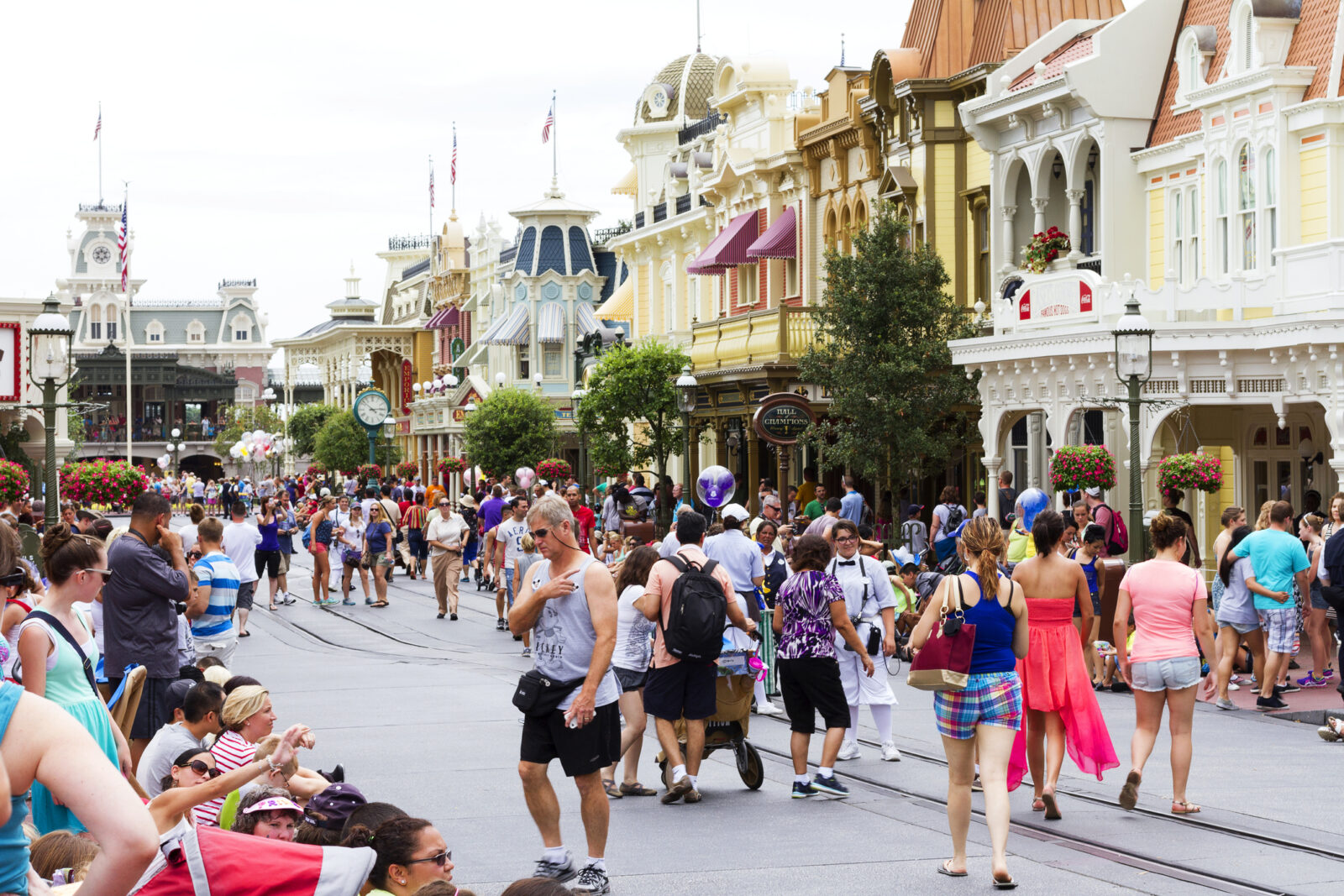My Experience with Disney and What I’ve Learned About our Own Business
Build a good product, attach that to a recognizable brand, and they will come. A simple philosophy but one that’s incredibly hard to replicate if you’re trying to grow your business. But as I have found in my own experiences, you need only look at the Walt Disney Company for inspiration, especially their theme parks.
I will be the first to admit that I have spent a ridiculous amount of time and money at Disney World in Orlando over the last several years. The lure of the “happiest place on Earth” is at times overwhelming and always very costly. But from a business perspective, what is more important (than looking at your credit card statement at the end of a visit) is the example Disney sets for other businesses. Most of us can only dream of providing our clients and customers a “Disney-like experience” that would make them never question the money they spend or the number of times they use your services.
From my perspective: Here are the three prongs of the Disney World experience that keep people coming back, regardless of the amount the experience costs.
1 – Never miss an opportunity to create a revenue-generating opportunity. Disney has found the ability to monetize nearly every aspect of its theme park experience. Still, people pay because they see value in the enormous amount you have to pay to enjoy your experience entirely. Visiting a Disney theme park means spending at a marked-up rate because you see the value.
The lesson learned for businesses is to try and replicate this to the point where your customers feel they need you and so choose to use you because you’ve built up that value and, perhaps more importantly, equity over time.
In addition to monetizing its experience, Disney has also found a way to generate revenue merely by cutting some services it offered pre-COVID. For example, what used to be a standard hotel room cleaning daily now only generally occurs every two days unless you proactively advise them you want daily cleaning. I would imagine that many visitors do not opt-in to the daily cleaning, either because they’re not aware they can or because they are too busy to call in to request this, especially since the “front desk” you may talk to on the phone may be located in an employee’s living room in Oklahoma.
So for those businesses out there that feel their level of service is not quite what it was pre-COVID due to staffing shortages, supply chain issues, or any number of other ways their industry has been impacted by the pandemic – don’t worry, even a company valued at nearly 200 billion dollars has struggled to meet its pre-COVID service.
2 – People will pay for the full experience. Did you know you can actually pay someone to be your Disney World “tour guide” to walk you from ride to ride and jump you to the front of the line for “only” $400-900 per hour as part of their private VIP experience? Yes, not a visit, but an hour. Disney monetizes so many “perk” opportunities that you will be tempted to pay for anything to not to be left out, a common guilt in the FOMO world we live in today.
If you’ve been to a Disney theme park and you’re reading this saying, “I’ve never overpaid for my visit,” does that mean you’ve never paid $15 for chicken fingers for your kids or $20 for a portable fan that sprays water from a plastic Mickey on hot days? You’re captive. You have no choice but to go along, or spend your time standing in line for 2+ hours for a ride, go hungry or stay sun parched and uncomfortable.
For example, if you didn’t stay at a Disney resort hotel, that means you had less time in the theme park (as you cannot enter as early as resort lodgers), and you had to park your car a mile away from the venue. And if you don’t pay for a Genie+ card, you will likely wait hours to experience a ride. But my guess is that you did pay for this on your last visit.
So what is the lesson for other businesses? If your company provides a service or product that your customers believe they cannot get anywhere else, they will pay what you charge too. The above examples from Disney show that the more money you spend with them, the higher level of service you will be granted. This is common in most private enterprises and you should not be deterred from embracing it in your own business.
3 – Disney is in on the joke. Believe me, Disney is fully aware of the absurdity of its pricing. This was the pricing model for 2022 just for entry, and the range is due to “peak days” escalation:
- Magic Kingdom tickets are between $124 and $189 per day.
- EPCOT tickets cost between $114 and $179.
- Disney’s Hollywood Studios tickets cost between $124 and $179.
- Disney’s Animal Kingdom tickets cost between $109 and $159.
Add-ons Include:
- General Parking: $25 per day
Preferred Parking: $50 per day - Genie+ (access to lightning lanes) for a family of four: $240 per day
- Memory Maker Photos, where they take photos of you on rides and at prime picture locations: $69-199 per day
- A meal pass for a family of four (2 meals a day) will cost you $1,560 for six days
Notice how the mere cost of entry to the parks is only a small amount of what you will pay if you want the full experience as outlined earlier.
You get the idea. In fact, Disney actually allows you to wear t-shirts at the park, which laughingly mock your captive plight. Believe me, they know what they’re doing:
It’s basically a Jedi mind trick they’ve pulled on the captive populace (yes, Disney owns Star Wars too). The bottom line is that Disney has become the ultimate capitalist Stockholm Syndrome, and 58 million people at Disney World alone willingly subject themselves to the experience a year.
As business owners, not only do we have to respect how Disney has pulled this off, we should probably try and replicate at least some of it. They have figured out that by being upfront and honest about your service levels and pricing model, they’re incentivizing the lower-tier customers to shoot higher.
Few other brands, if any, have this kind of power. And at the end of the day, that might just be the “Magic” of Disney.





